Home>Furniture & Design>Interior Design Trends>How To Use Ortho Glass
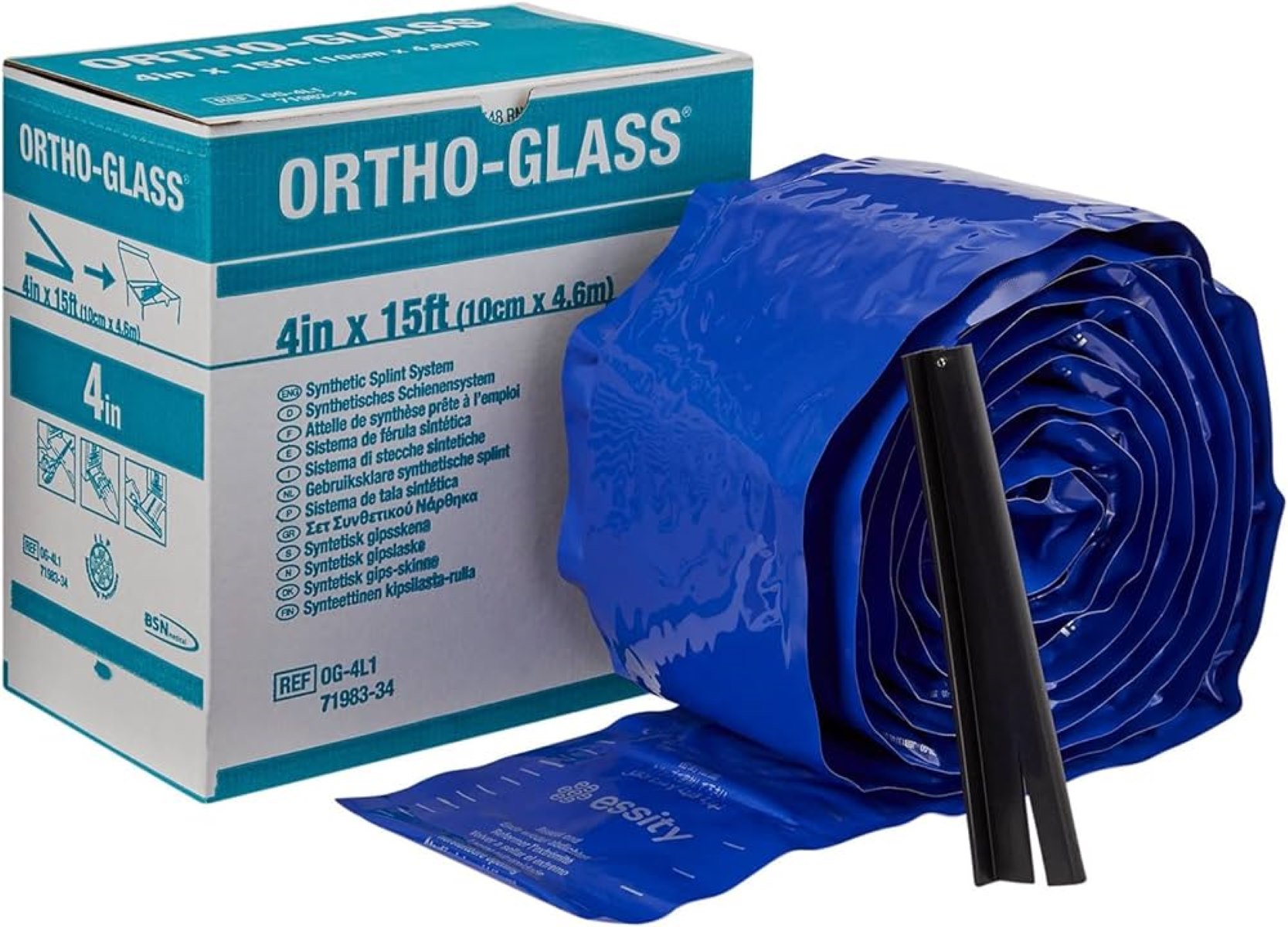

Interior Design Trends
How To Use Ortho Glass
Published: February 7, 2024
Discover the latest interior design trends with our guide on how to use Ortho Glass for a modern and stylish home makeover. Explore innovative ideas and techniques to elevate your interior design.
(Many of the links in this article redirect to a specific reviewed product. Your purchase of these products through affiliate links helps to generate commission for Storables.com, at no extra cost. Learn more)
Introduction
Ortho Glass is a versatile and innovative material that has revolutionized the field of orthopedic casting and splinting. Its unique properties and ease of use make it a preferred choice for medical professionals and patients alike. Whether used for immobilizing fractures, providing support for injured limbs, or aiding in post-operative care, Ortho Glass offers a range of benefits that set it apart from traditional casting materials.
This article will delve into the various aspects of Ortho Glass, including its composition, applications, and best practices for application. By the end, you will have a comprehensive understanding of how to effectively utilize this remarkable material to enhance patient care and recovery.
Key Takeaways:
- Ortho Glass is a lightweight, breathable, and moldable material that helps doctors support and immobilize bones and soft tissues for faster healing. It’s like a comfortable, customizable armor for your body!
- Applying Ortho Glass requires careful preparation, precise wrapping, and patient education. It’s like creating a special, personalized shield to protect and heal your body, with the doctor as the skilled armor maker!
Read more: How To Use A Glass Bong
What is Ortho Glass?
Ortho Glass is a synthetic, fiberglass-based casting and splinting material that is widely used in orthopedic medicine. It is composed of multiple layers of resin-impregnated fiberglass, which, when activated by water, forms a rigid and durable structure. This unique composition sets Ortho Glass apart from traditional plaster casts, offering numerous advantages in the treatment of orthopedic injuries and conditions.
One of the key distinguishing features of Ortho Glass is its lightweight and breathable nature. Unlike heavy and cumbersome plaster casts, Ortho Glass provides a comfortable and less restrictive experience for patients. Its breathable design allows for improved air circulation, reducing the risk of skin irritation and promoting better overall skin health during the healing process.
Furthermore, Ortho Glass is radiolucent, meaning it does not interfere with X-rays. This property enables medical professionals to easily monitor the healing progress of the affected area without the need for cast removal, providing a more efficient and convenient approach to patient care.
In addition to its practical benefits, Ortho Glass offers superior moldability and conformability. When properly applied, it molds snugly to the contours of the patient's body, providing excellent anatomical support and immobilization. This tailored fit contributes to enhanced patient comfort and facilitates optimal healing of the injured or affected area.
Moreover, Ortho Glass is available in a variety of widths and lengths, catering to the diverse needs of patients and the specific requirements of different orthopedic conditions. This versatility allows for customized application, ensuring that each patient receives personalized and effective treatment.
Overall, Ortho Glass represents a significant advancement in orthopedic casting and splinting materials. Its lightweight, breathable, radiolucent, and moldable properties make it an invaluable resource for medical professionals seeking to provide high-quality care to patients with orthopedic injuries and conditions.
When to Use Ortho Glass
Ortho Glass is a versatile and adaptable material that finds application in a wide range of orthopedic scenarios. Its unique properties make it an ideal choice for various situations where immobilization, support, and stability are essential for the healing and recovery of orthopedic injuries and conditions.
Fractures and Dislocations
Ortho Glass is particularly well-suited for immobilizing fractures and dislocations. Whether it's a simple or complex fracture, Ortho Glass provides the necessary support to stabilize the affected area, promoting proper alignment and healing. Its moldable nature allows for a customized fit, ensuring that the injured limb or joint is securely immobilized during the critical early stages of recovery.
Soft Tissue Injuries
In addition to fractures, Ortho Glass is also beneficial for managing soft tissue injuries such as sprains and strains. By providing external support and restriction of movement, Ortho Glass aids in reducing swelling, alleviating pain, and preventing further damage to the injured soft tissues. Its breathable design contributes to a more comfortable experience for the patient during the healing process.
Read more: How To Use A Glass Pipe
Post-Operative Care
Following orthopedic surgeries, Ortho Glass plays a crucial role in post-operative care. It provides essential support and protection to the surgical site, allowing for proper healing and minimizing the risk of complications. The lightweight and radiolucent nature of Ortho Glass enables medical professionals to monitor the surgical site without the need for frequent cast removal, streamlining the post-operative care process.
Pediatric Orthopedics
When treating pediatric orthopedic conditions, Ortho Glass offers distinct advantages. Its lightweight and moldable properties make it well-suited for children, providing the necessary support and immobilization while allowing for greater comfort and ease of movement. Additionally, the customizable sizing of Ortho Glass ensures a proper fit for pediatric patients, contributing to their overall well-being during the recovery period.
Chronic Conditions
Ortho Glass is also utilized in managing chronic orthopedic conditions that require long-term immobilization or support. Its durable and breathable composition makes it suitable for prolonged use, offering patients a reliable and comfortable solution for managing ongoing orthopedic challenges.
In summary, Ortho Glass is a valuable resource in orthopedic medicine, serving as an effective tool for immobilizing fractures, managing soft tissue injuries, facilitating post-operative care, addressing pediatric orthopedic needs, and supporting chronic orthopedic conditions. Its versatility and adaptability make it an indispensable component of comprehensive orthopedic care, benefiting patients across a spectrum of orthopedic injuries and conditions.
How to Apply Ortho Glass
Applying Ortho Glass requires precision, attention to detail, and a methodical approach to ensure optimal results. The following steps outline the process of effectively applying Ortho Glass for orthopedic casting and splinting:
-
Preparation: Before beginning the application, gather all the necessary supplies, including Ortho Glass rolls, scissors, padding material, stockinette, and water-resistant gloves. Prepare the patient by explaining the procedure and ensuring their comfort during the application process.
-
Assessment and Marking: Evaluate the affected limb or area to determine the appropriate size and length of Ortho Glass needed for the application. Mark the stockinette and padding material to indicate the boundaries of the cast or splint, ensuring proper coverage and support.
-
Padding Application: Begin by applying a layer of padding material over the affected area. The padding serves as a protective barrier between the skin and the Ortho Glass, preventing irritation and enhancing overall comfort for the patient.
-
Stockinette Placement: Slide the stockinette over the padding material, ensuring a smooth and even fit. The stockinette provides a foundation for the Ortho Glass application and facilitates the removal of the cast or splint at a later stage.
-
Ortho Glass Activation: Submerge the Ortho Glass rolls in water for the specified duration, allowing the fiberglass material to become pliable and ready for application. Wearing water-resistant gloves, remove the rolls from the water and gently squeeze out excess moisture.
-
Molding and Application: Carefully wrap the activated Ortho Glass around the affected area, molding it to conform to the anatomical contours. Smooth out any wrinkles or folds to ensure a snug and uniform fit. Pay attention to maintaining proper alignment and immobilization, especially in the case of fractures or post-operative care.
-
Layering and Overlapping: Apply additional layers of Ortho Glass as needed, ensuring adequate coverage and reinforcement. Overlapping the layers helps create a strong and durable cast or splint while maintaining flexibility and breathability.
-
Finishing Touches: Once the desired layers are in place, secure the ends of the Ortho Glass to prevent unwrapping. Smooth out any rough edges or uneven areas to optimize patient comfort and prevent irritation.
-
Drying and Setting: Allow the Ortho Glass to fully dry and set according to the manufacturer's guidelines. This ensures the cast or splint achieves its maximum strength and rigidity, providing the necessary support for the patient's recovery.
-
Post-Application Assessment: After the Ortho Glass has set, assess the patient's comfort and the integrity of the cast or splint. Provide appropriate instructions for care, maintenance, and potential weight-bearing restrictions, if applicable.
By following these steps with precision and care, medical professionals can effectively apply Ortho Glass to provide optimal support and immobilization for orthopedic injuries and conditions. This meticulous approach contributes to the overall well-being and successful recovery of patients relying on Ortho Glass for their orthopedic care.
Read more: How To Use A Glass Cutter
Tips for Using Ortho Glass
When working with Ortho Glass for orthopedic casting and splinting, incorporating the following tips can significantly enhance the application process and the overall experience for both medical professionals and patients:
-
Thorough Patient Communication: Prior to applying Ortho Glass, ensure clear and empathetic communication with the patient. Explain the procedure, address any concerns, and provide reassurance to alleviate anxiety. Engaging the patient in the process fosters cooperation and understanding, contributing to a more positive experience.
-
Precise Padding Placement: Pay careful attention to the application of padding material before wrapping the Ortho Glass. Ensure that the padding is evenly distributed and adequately covers bony prominences to prevent pressure points and discomfort. Proper padding plays a crucial role in enhancing patient comfort and preventing skin irritation.
-
Strategic Stockinette Application: When placing the stockinette, ensure it extends beyond the intended boundaries of the cast or splint. This extra length facilitates the removal of the Ortho Glass at a later stage, minimizing the risk of damage to the underlying padding and skin.
-
Optimal Water Temperature: When activating the Ortho Glass in water, maintain the recommended temperature for optimal pliability. Following the manufacturer's guidelines regarding water temperature ensures that the Ortho Glass achieves the desired moldability and conformability during application.
-
Efficient Wrapping Technique: Adopt a smooth and consistent wrapping technique when applying Ortho Glass. Avoid excessive tension, which can impede blood circulation, and strive for uniform coverage to ensure adequate support and immobilization.
-
Customized Molding: Take advantage of Ortho Glass's moldable nature to tailor the cast or splint to the patient's specific anatomy. Carefully mold the material to conform to the contours of the affected area, ensuring a snug and supportive fit while maintaining proper alignment.
-
Attention to Edges and Joints: Pay special attention to smoothing out the edges and joints of the Ortho Glass application. Ensuring that these areas are well-finished minimizes the risk of irritation and discomfort for the patient, promoting a more comfortable healing process.
-
Patient Education and Care Instructions: After applying Ortho Glass, provide the patient with comprehensive instructions regarding cast care, skin hygiene, and any weight-bearing restrictions. Educating the patient on proper care and maintenance empowers them to actively participate in their recovery and contributes to the longevity and effectiveness of the cast or splint.
By integrating these tips into the application of Ortho Glass, medical professionals can optimize the casting and splinting process, leading to improved patient comfort, enhanced support, and more successful outcomes in orthopedic care.
Conclusion
In conclusion, Ortho Glass stands as a remarkable and indispensable resource in the realm of orthopedic casting and splinting. Its lightweight, breathable, and moldable properties, coupled with its radiolucent nature, make it a preferred choice for medical professionals seeking to provide optimal care for patients with orthopedic injuries and conditions.
The versatility of Ortho Glass is evident in its application across a spectrum of orthopedic scenarios, including fractures, soft tissue injuries, post-operative care, pediatric orthopedics, and chronic conditions. Its ability to provide tailored support and immobilization, while promoting patient comfort and facilitating the healing process, underscores its significance in modern orthopedic medicine.
The process of applying Ortho Glass requires precision, attention to detail, and a patient-centered approach. From thorough preparation and assessment to meticulous molding and drying, the application of Ortho Glass demands a methodical and empathetic mindset to ensure the best possible outcome for the patient.
Furthermore, incorporating practical tips such as effective patient communication, precise padding placement, and strategic stockinette application can further enhance the application process and contribute to a positive experience for both medical professionals and patients.
Ultimately, the utilization of Ortho Glass represents a commitment to delivering high-quality orthopedic care that prioritizes patient comfort, recovery, and overall well-being. Its innovative design and practical advantages position it as a valuable asset in the toolkit of orthopedic practitioners, enabling them to address a diverse array of orthopedic needs with confidence and efficacy.
As the field of orthopedic medicine continues to evolve, Ortho Glass remains a steadfast and indispensable ally, empowering medical professionals to provide exceptional care and support to patients on their journey to recovery and improved musculoskeletal health.
Frequently Asked Questions about How To Use Ortho Glass
Was this page helpful?
At Storables.com, we guarantee accurate and reliable information. Our content, validated by Expert Board Contributors, is crafted following stringent Editorial Policies. We're committed to providing you with well-researched, expert-backed insights for all your informational needs.
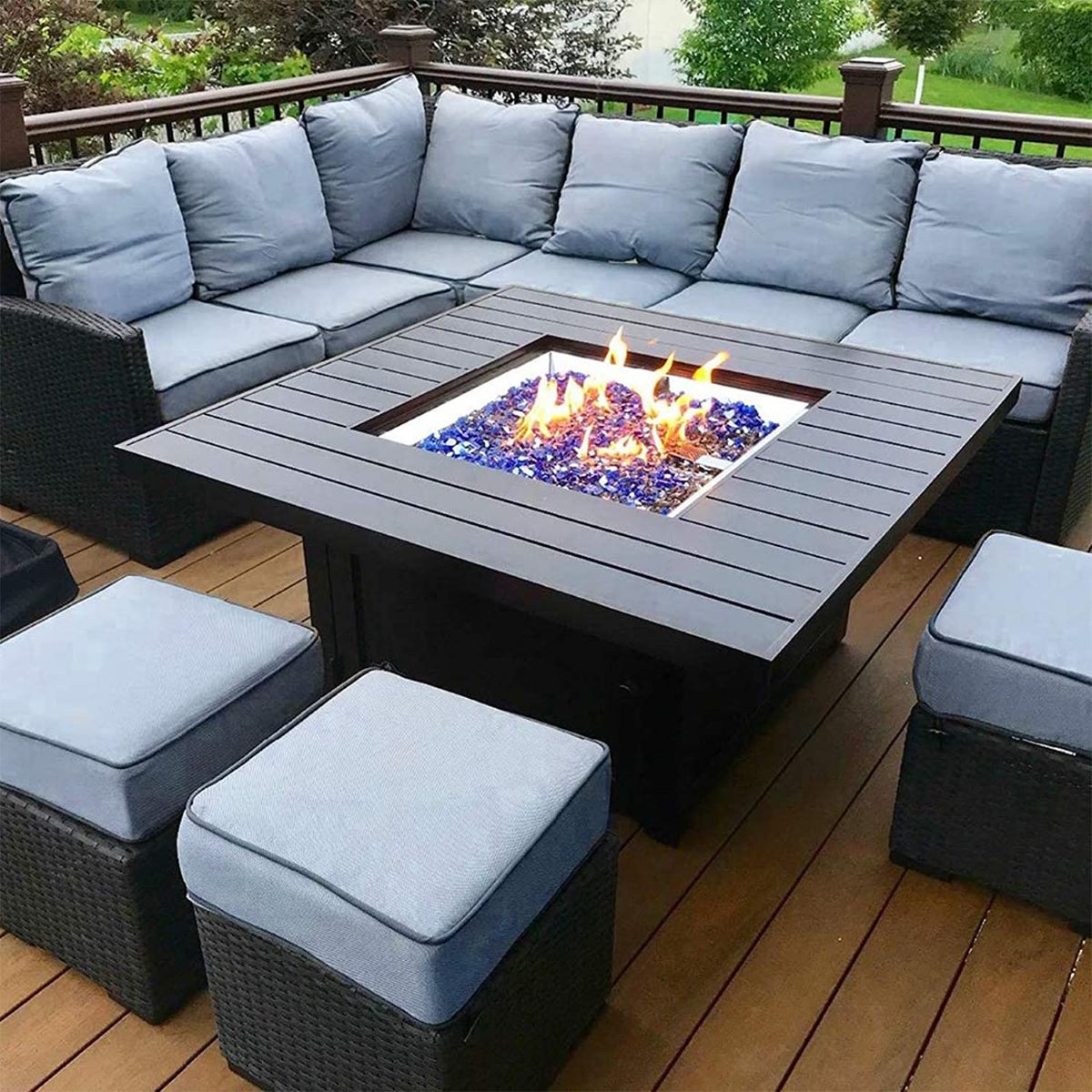
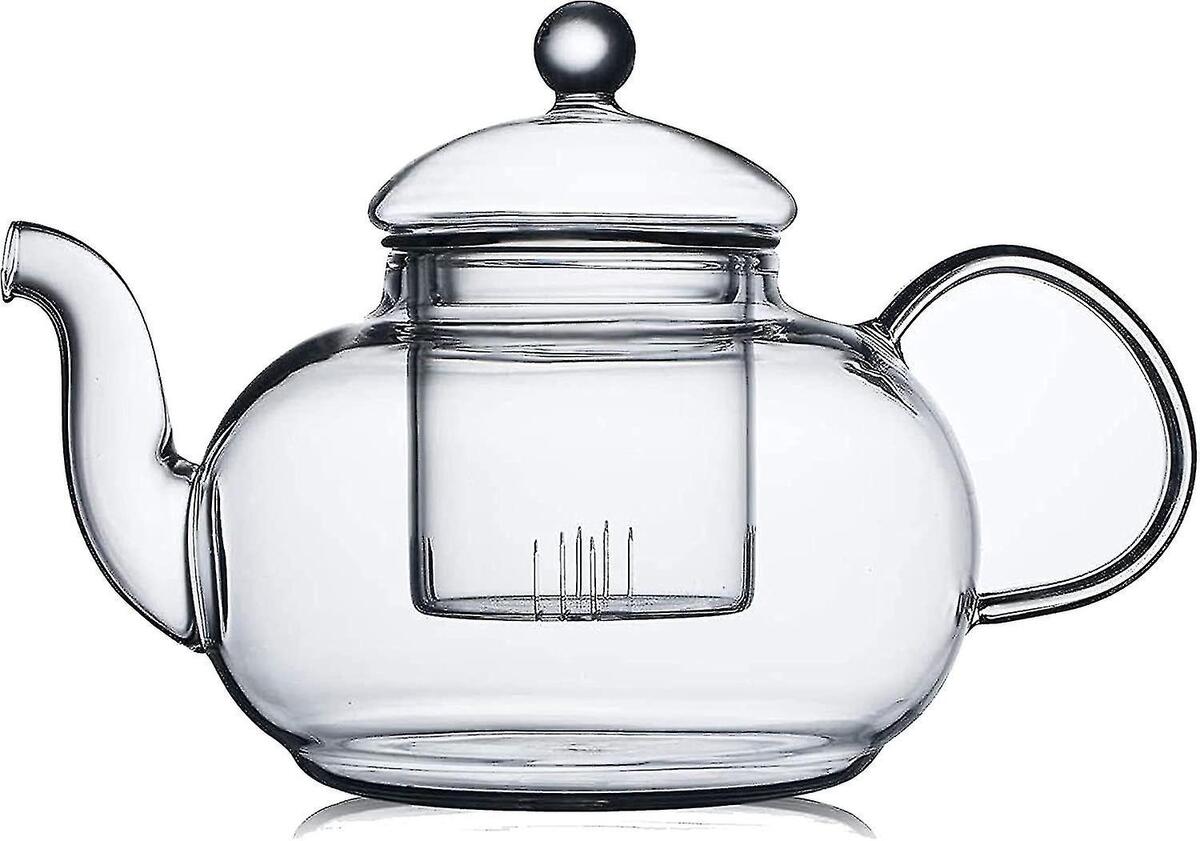
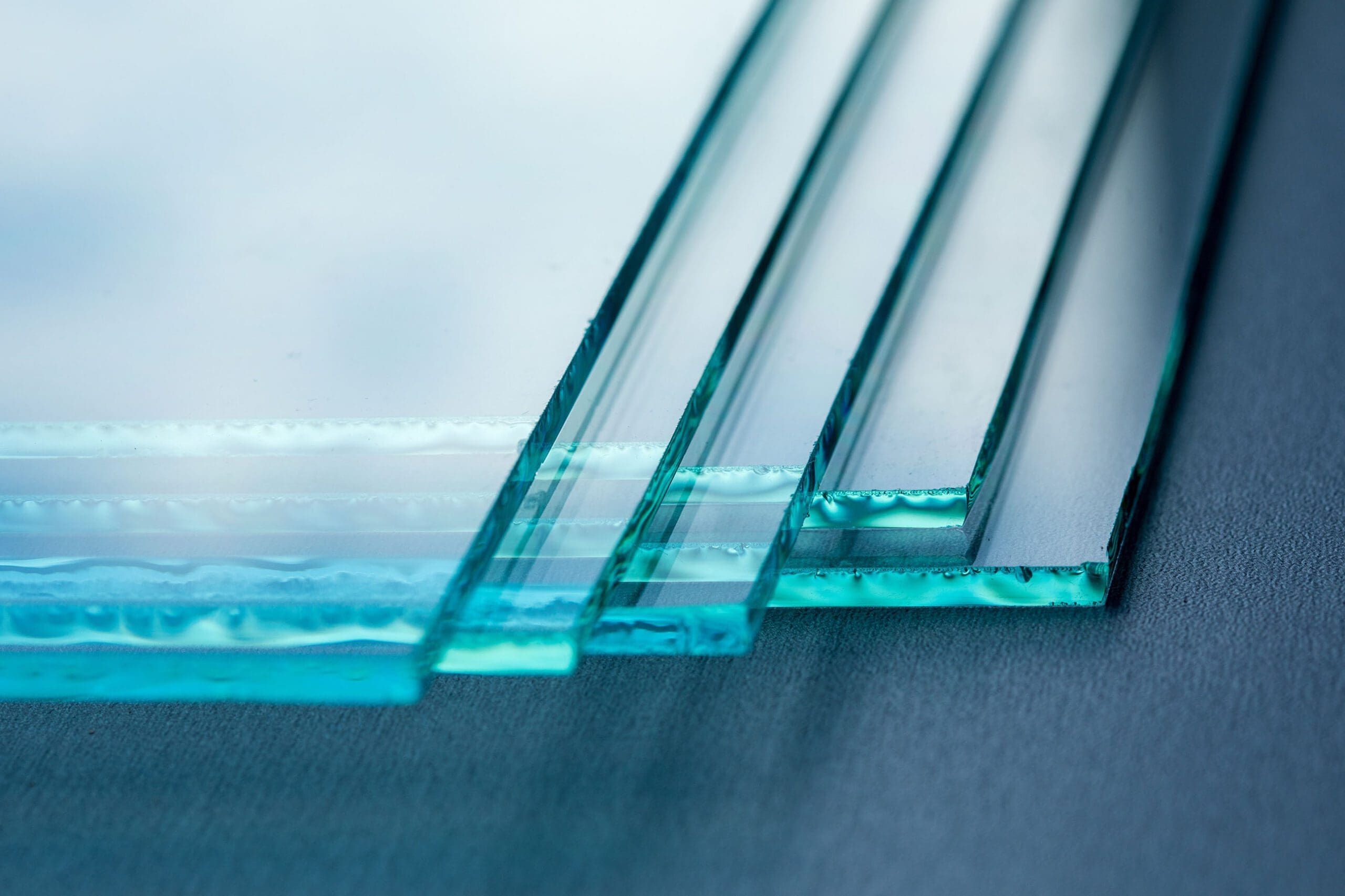
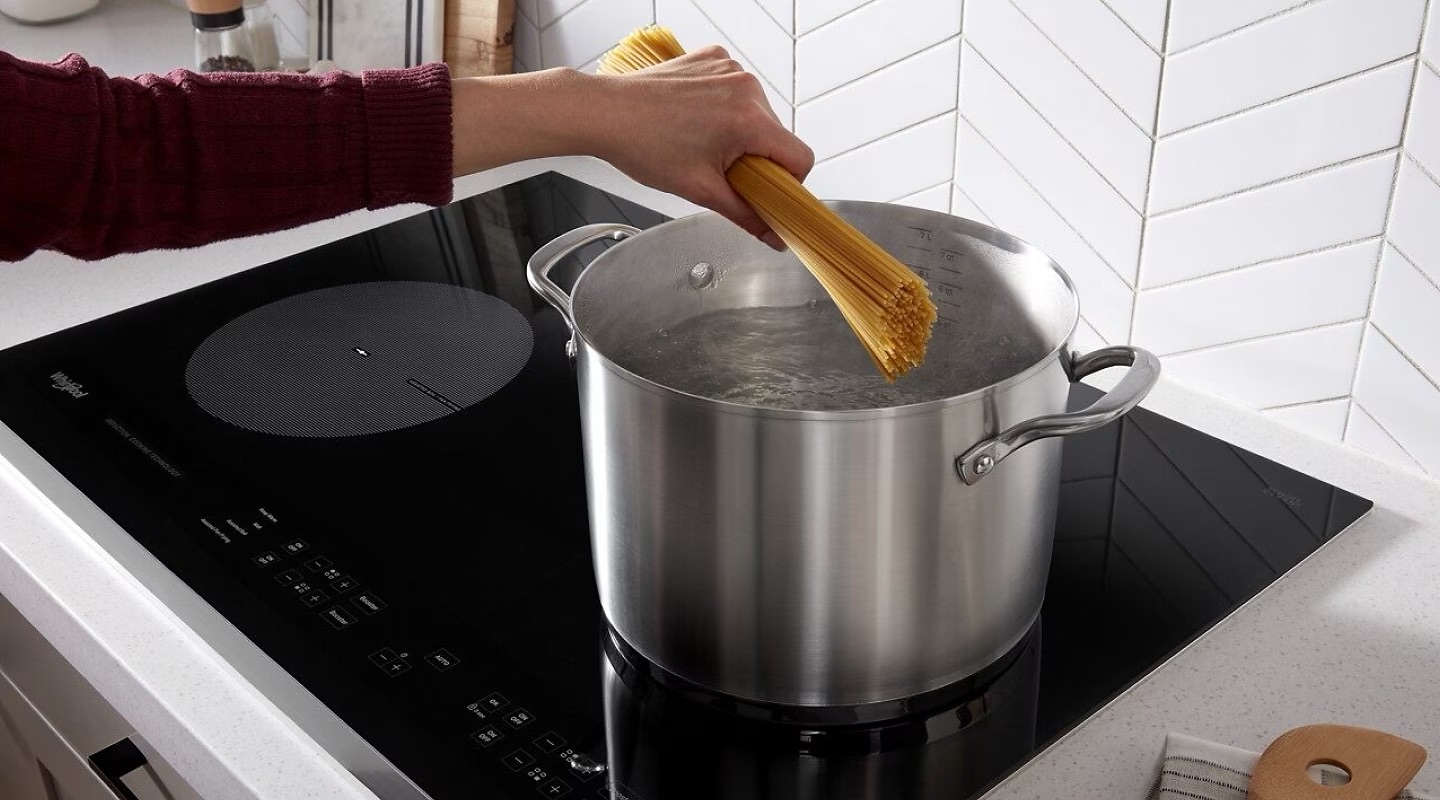
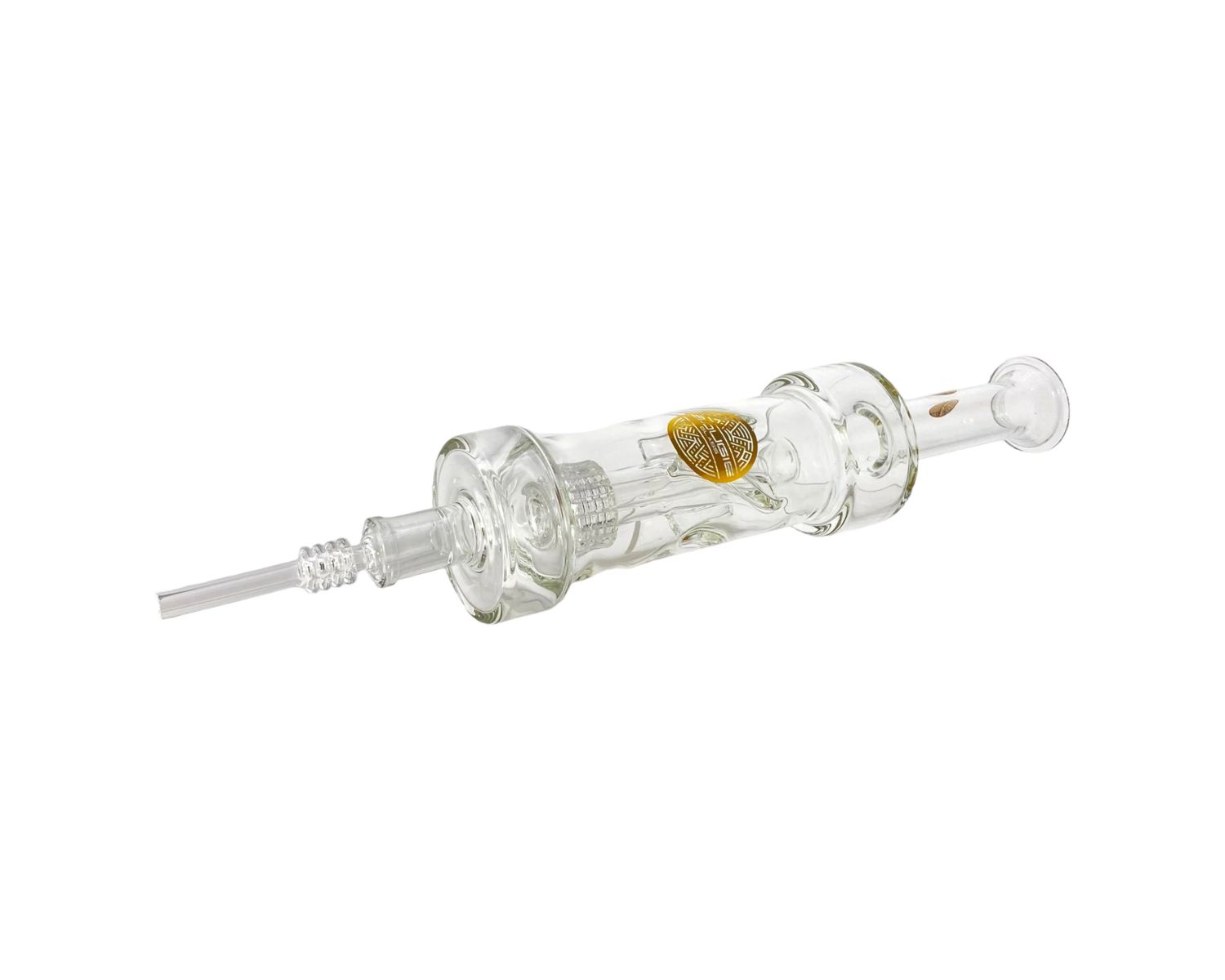
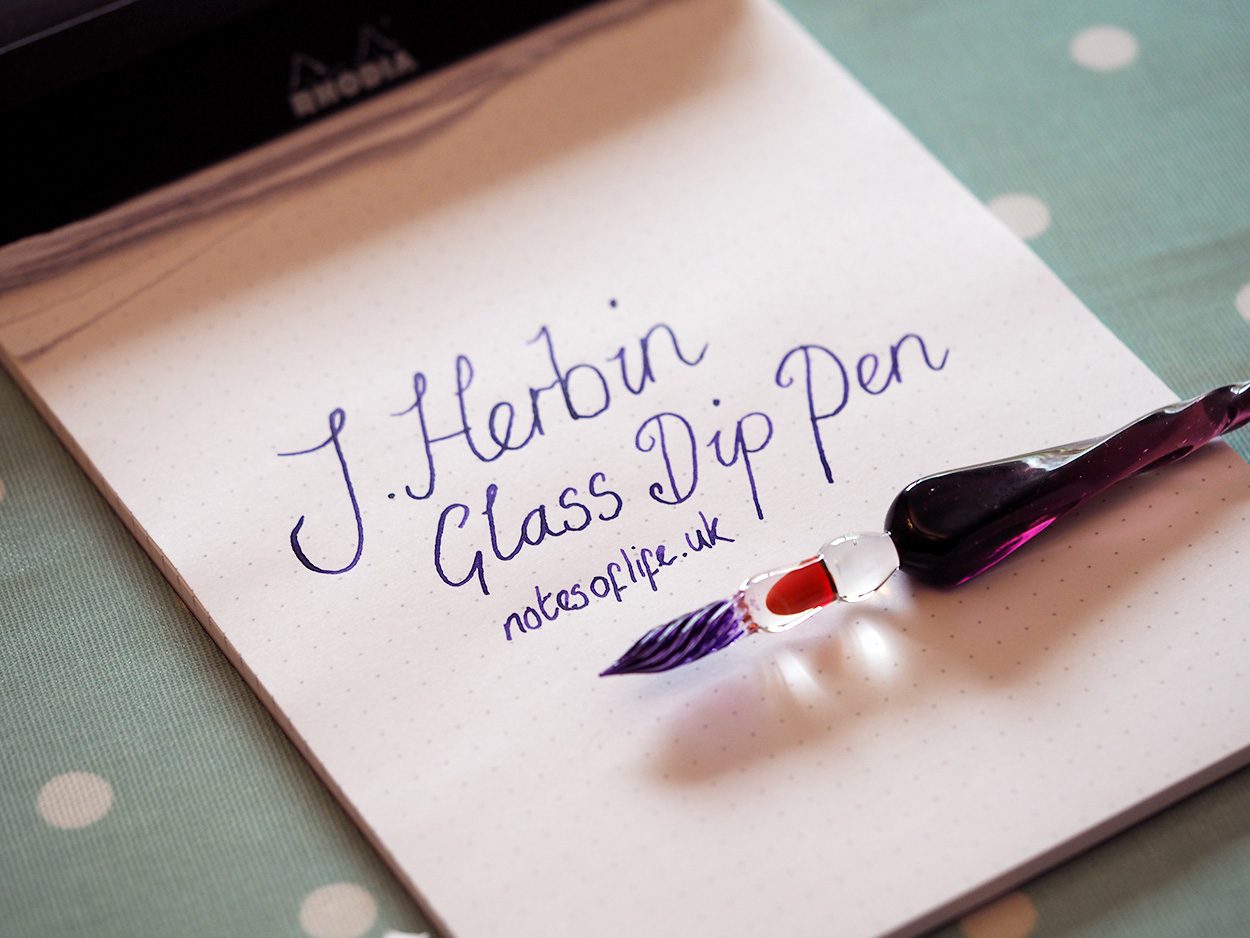


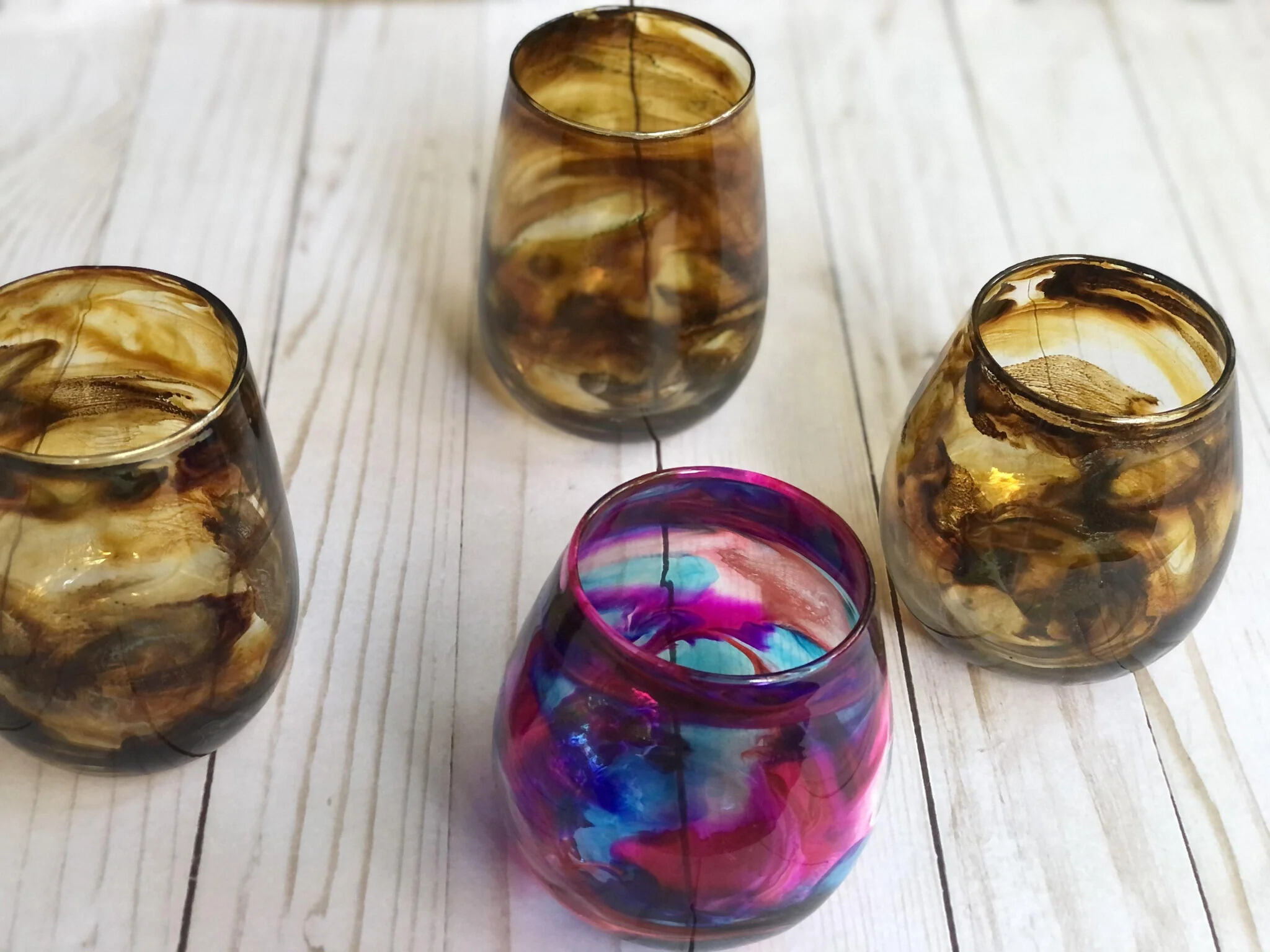
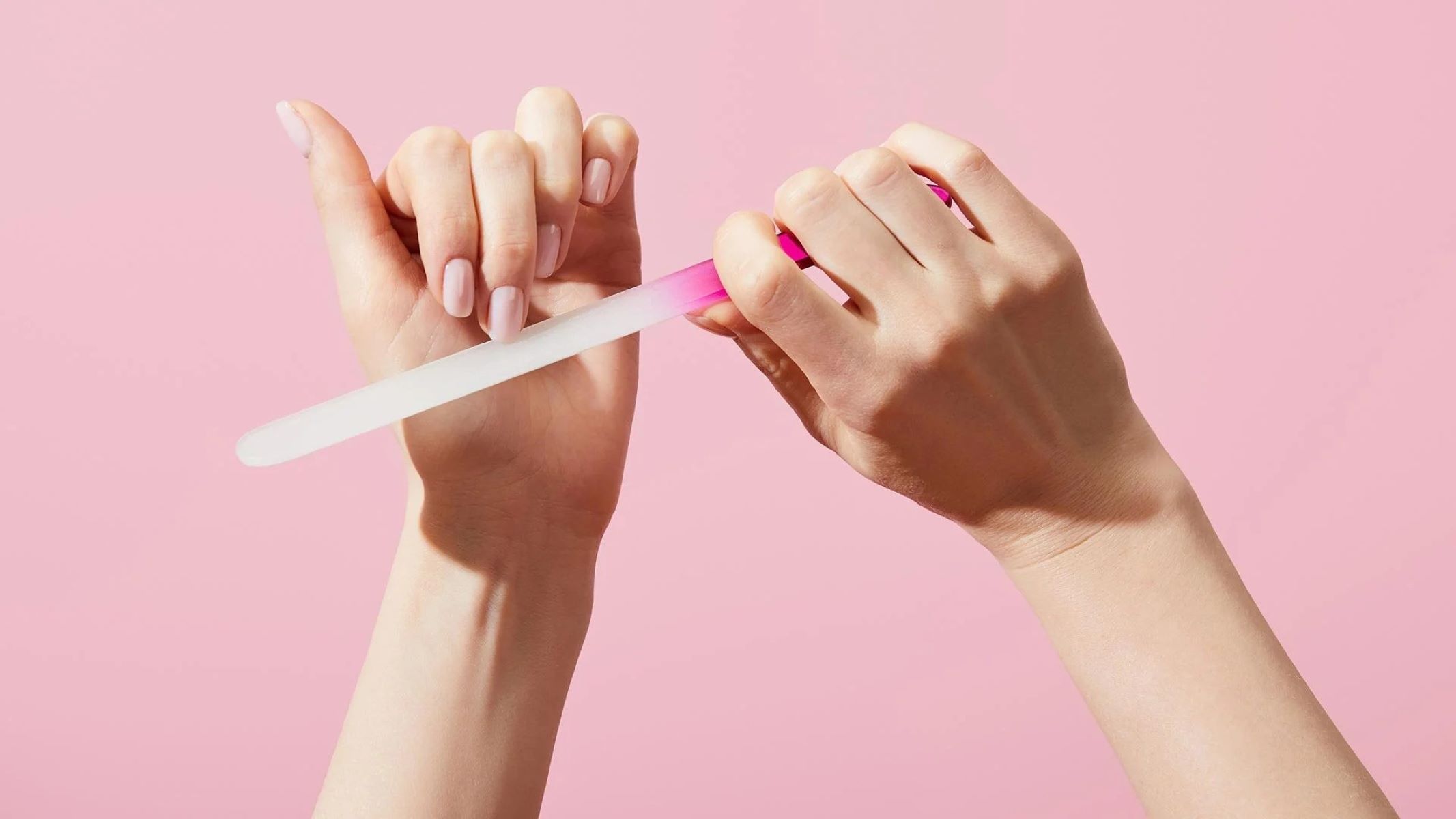
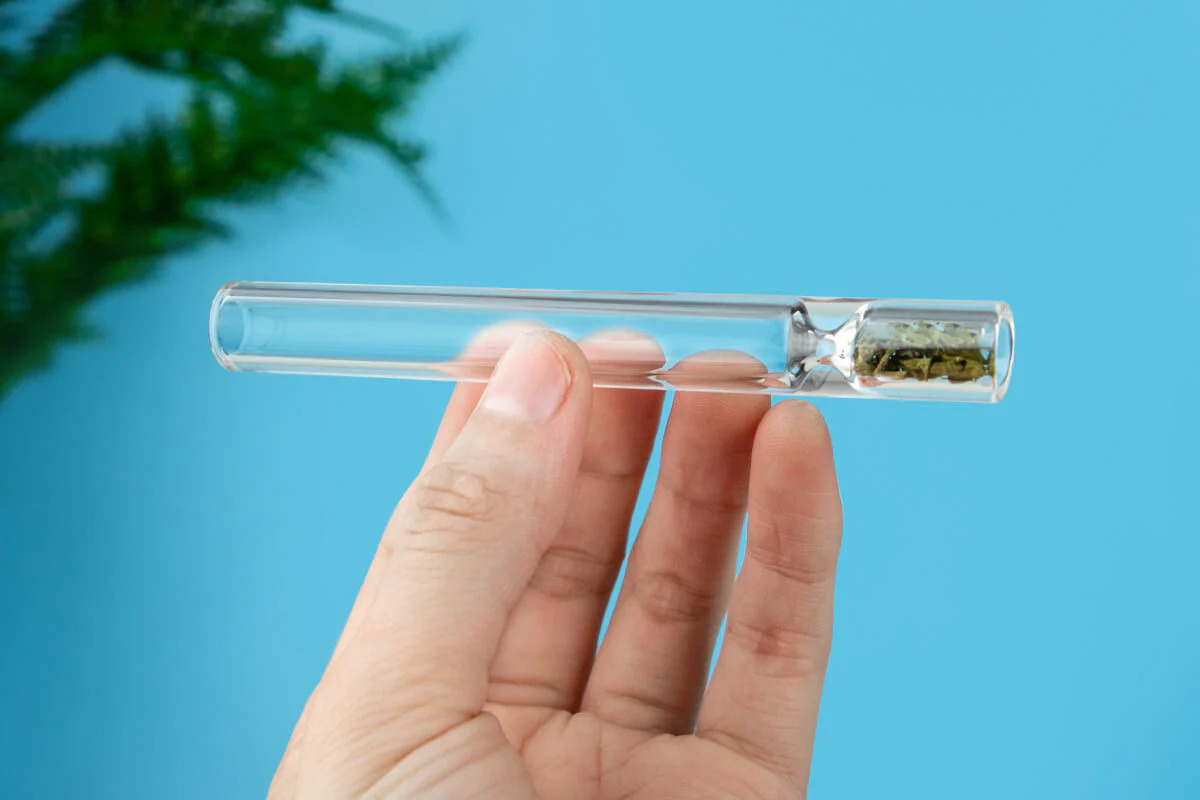
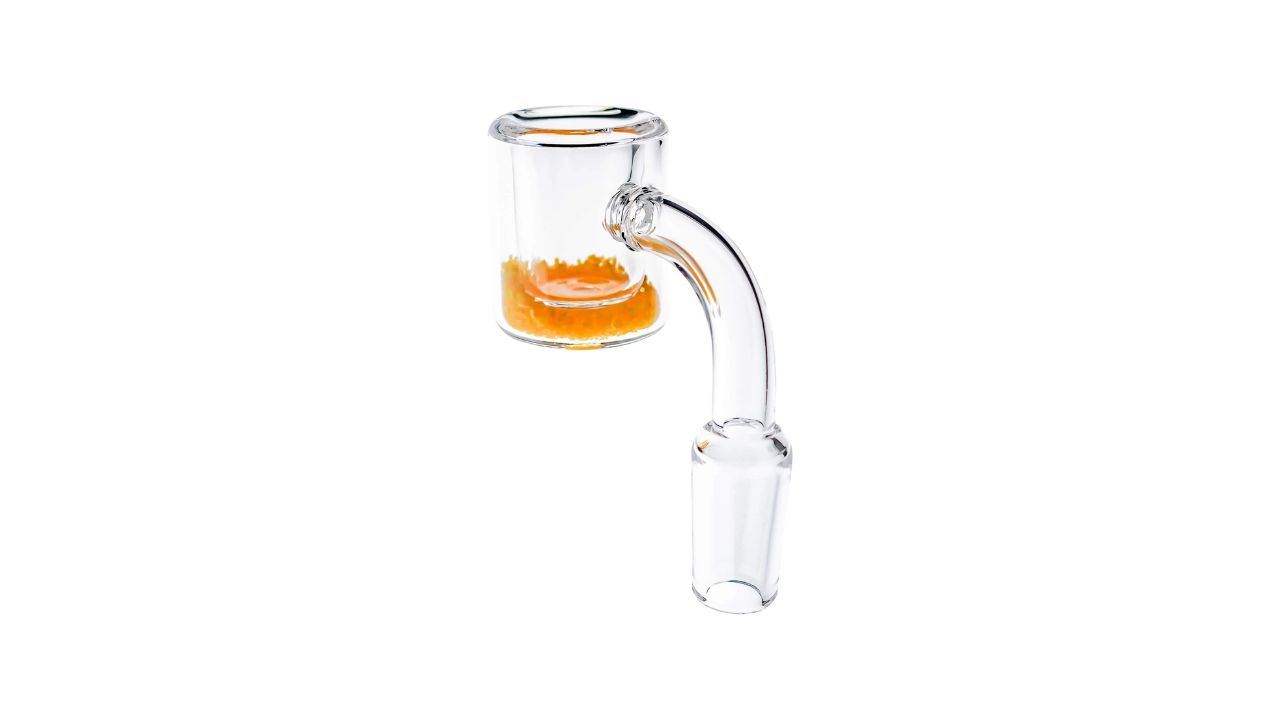


0 thoughts on “How To Use Ortho Glass”